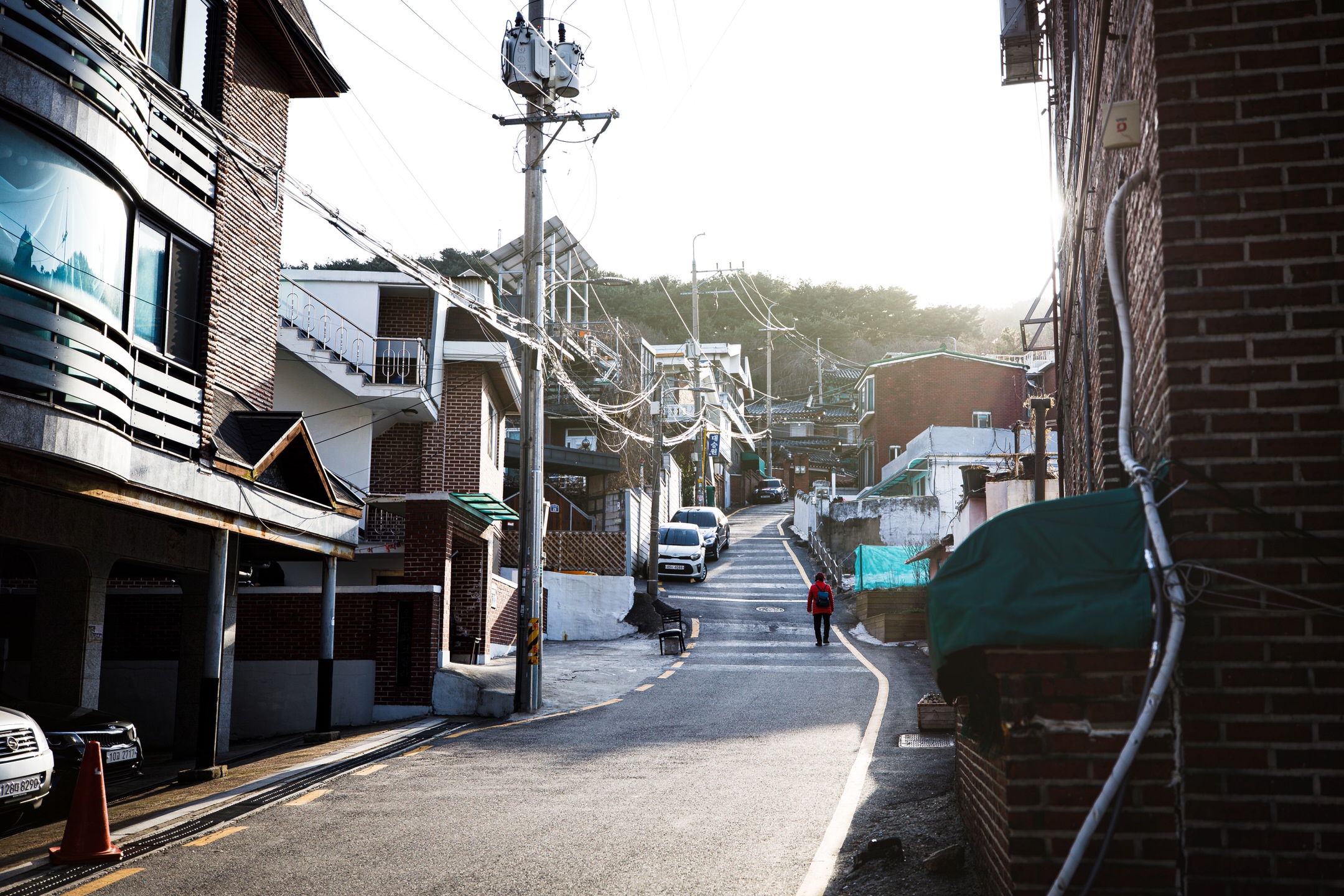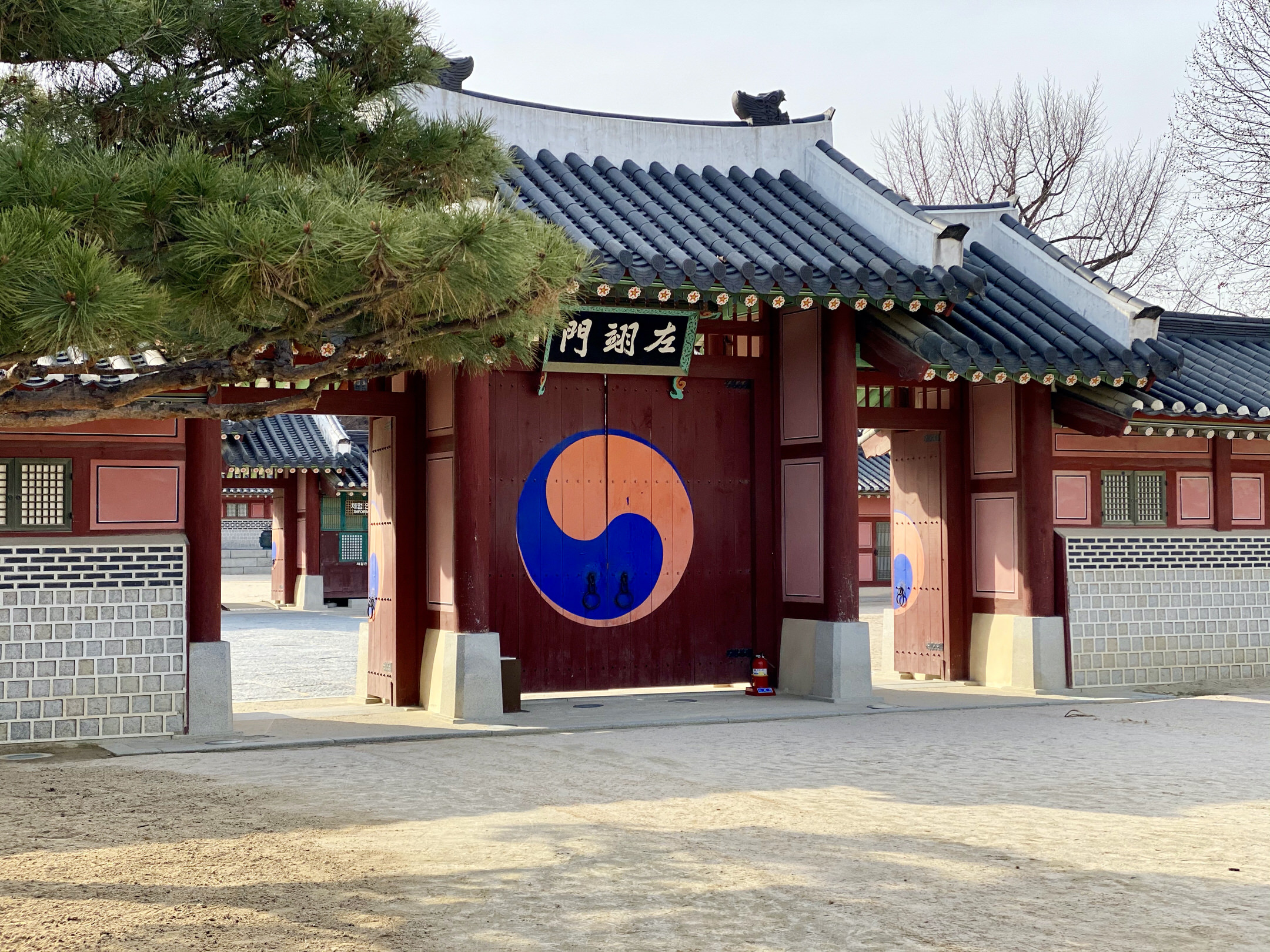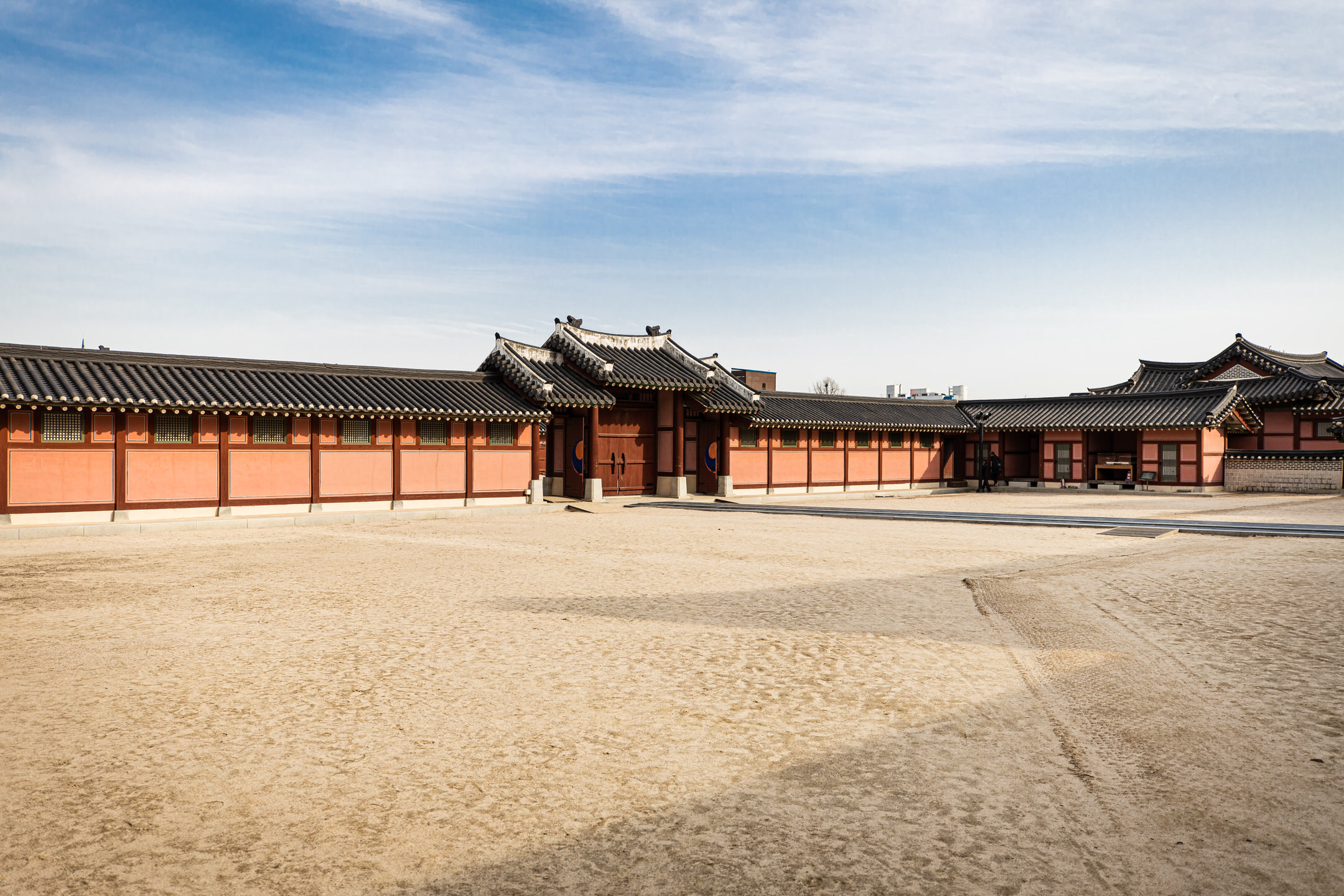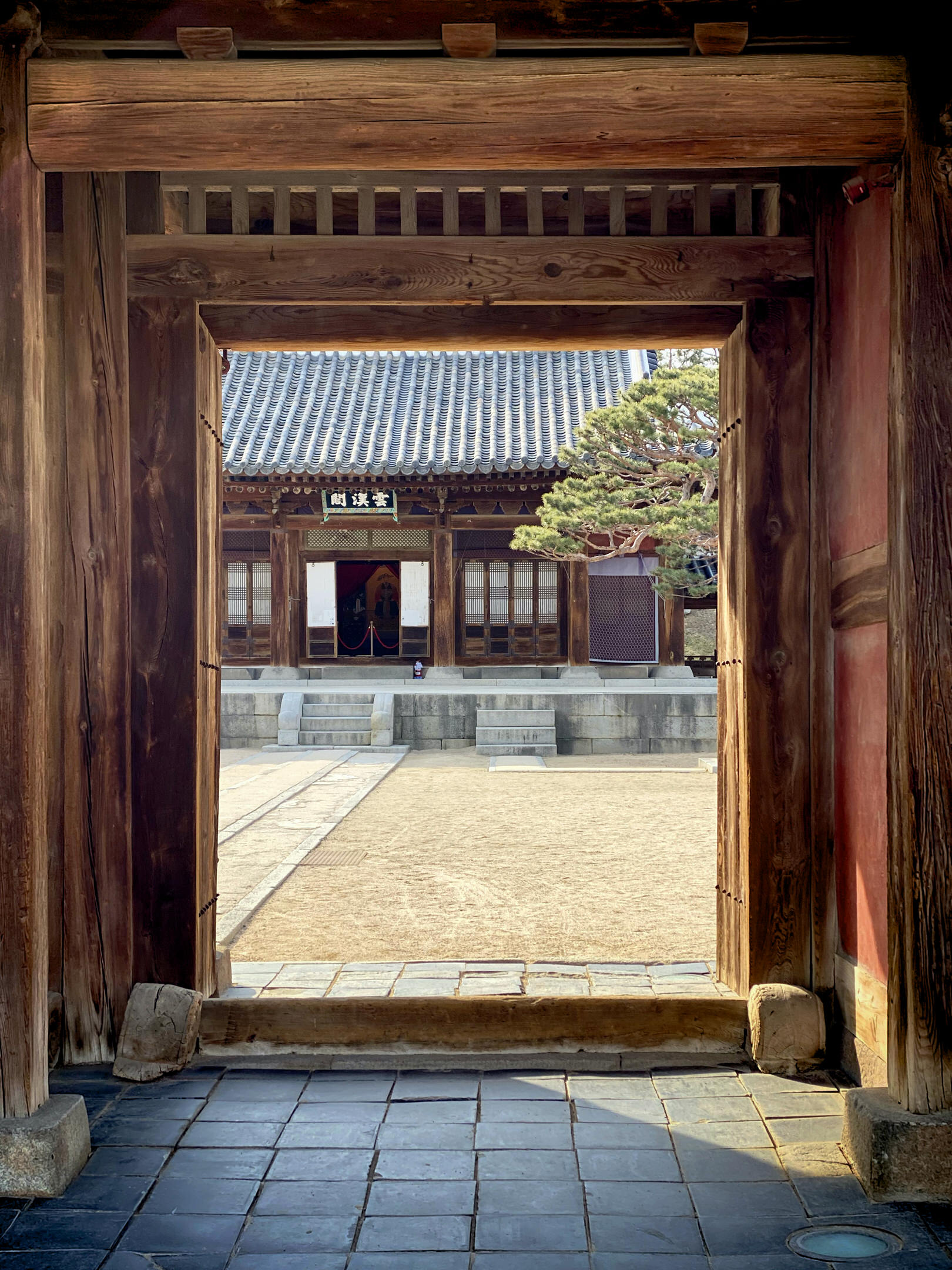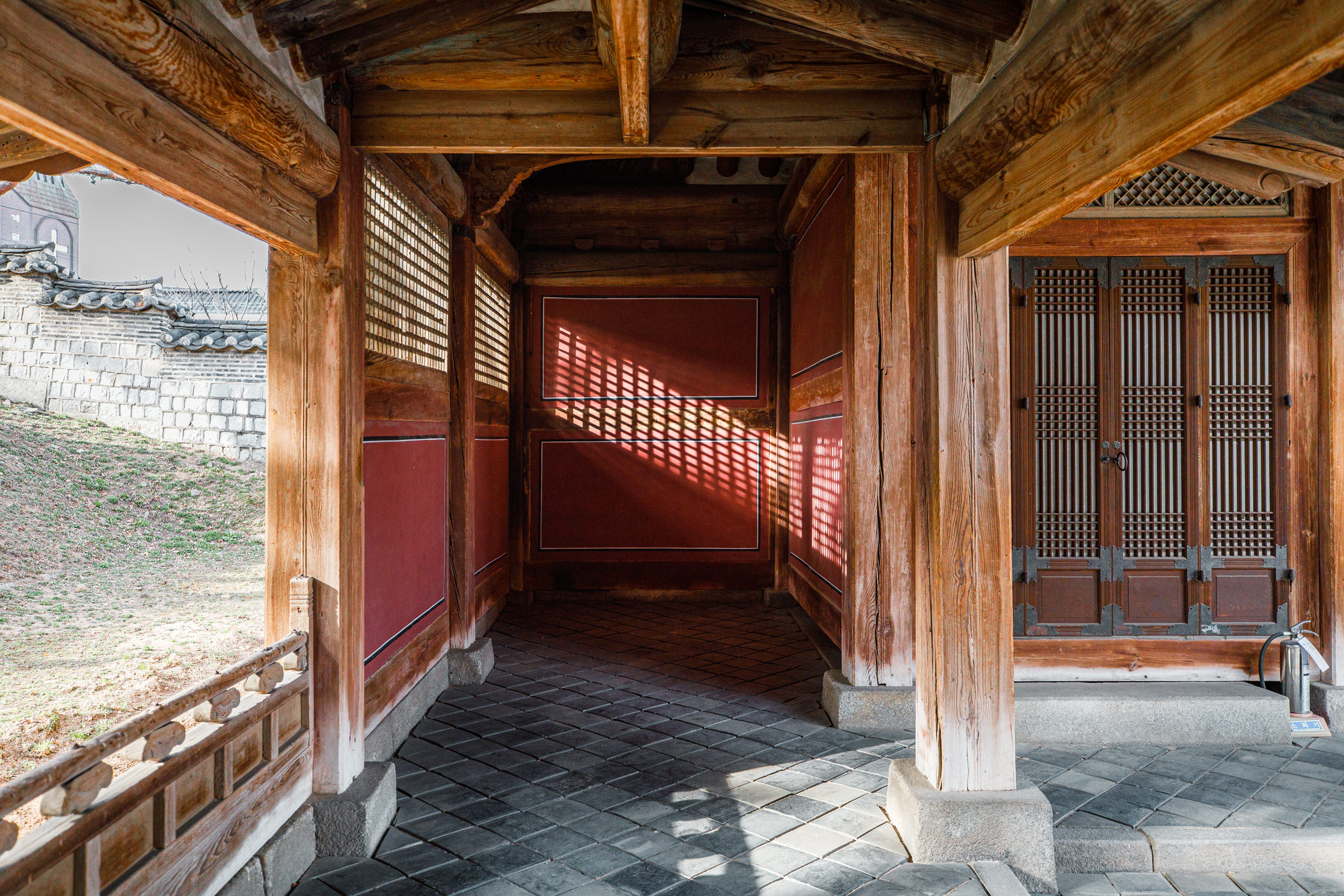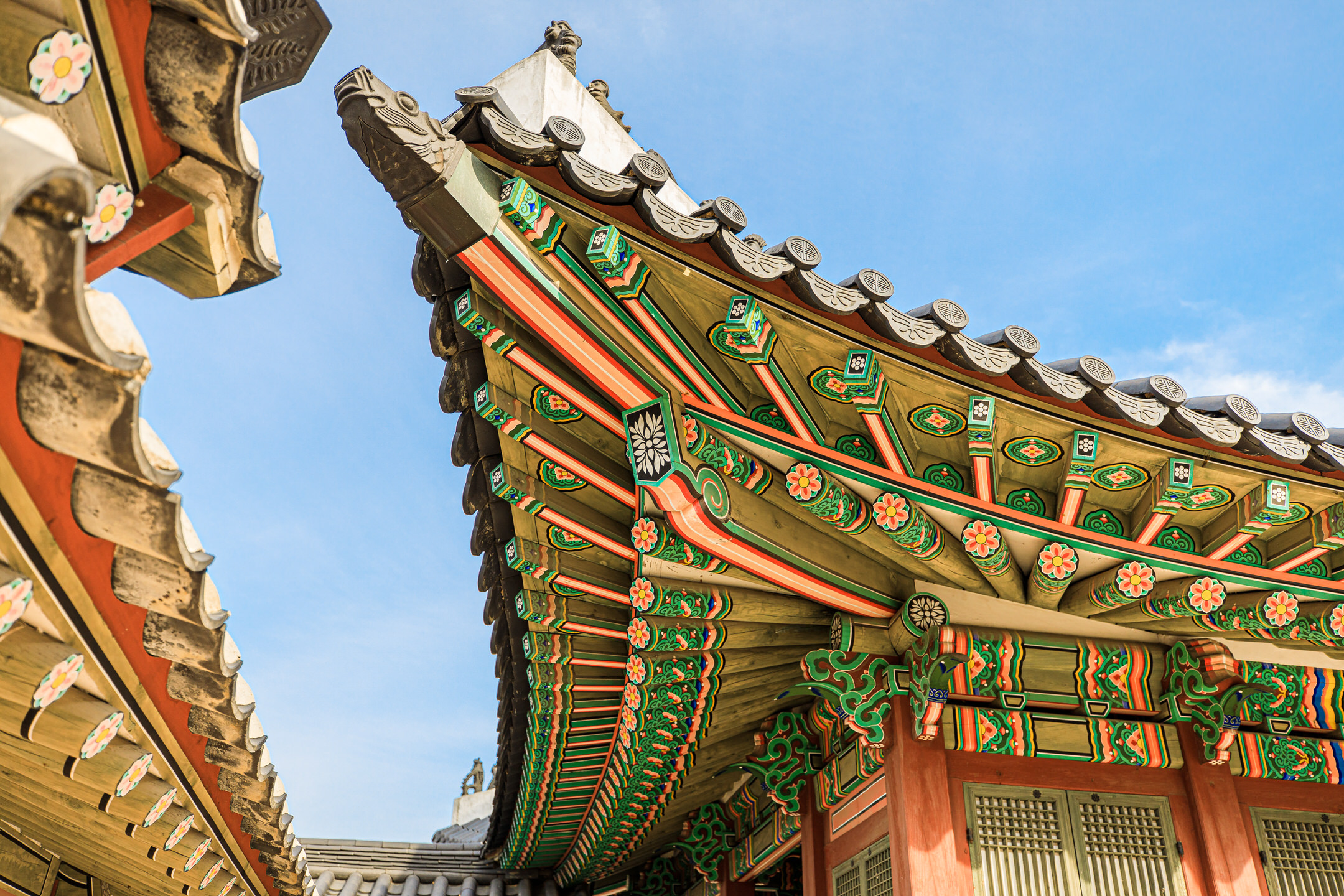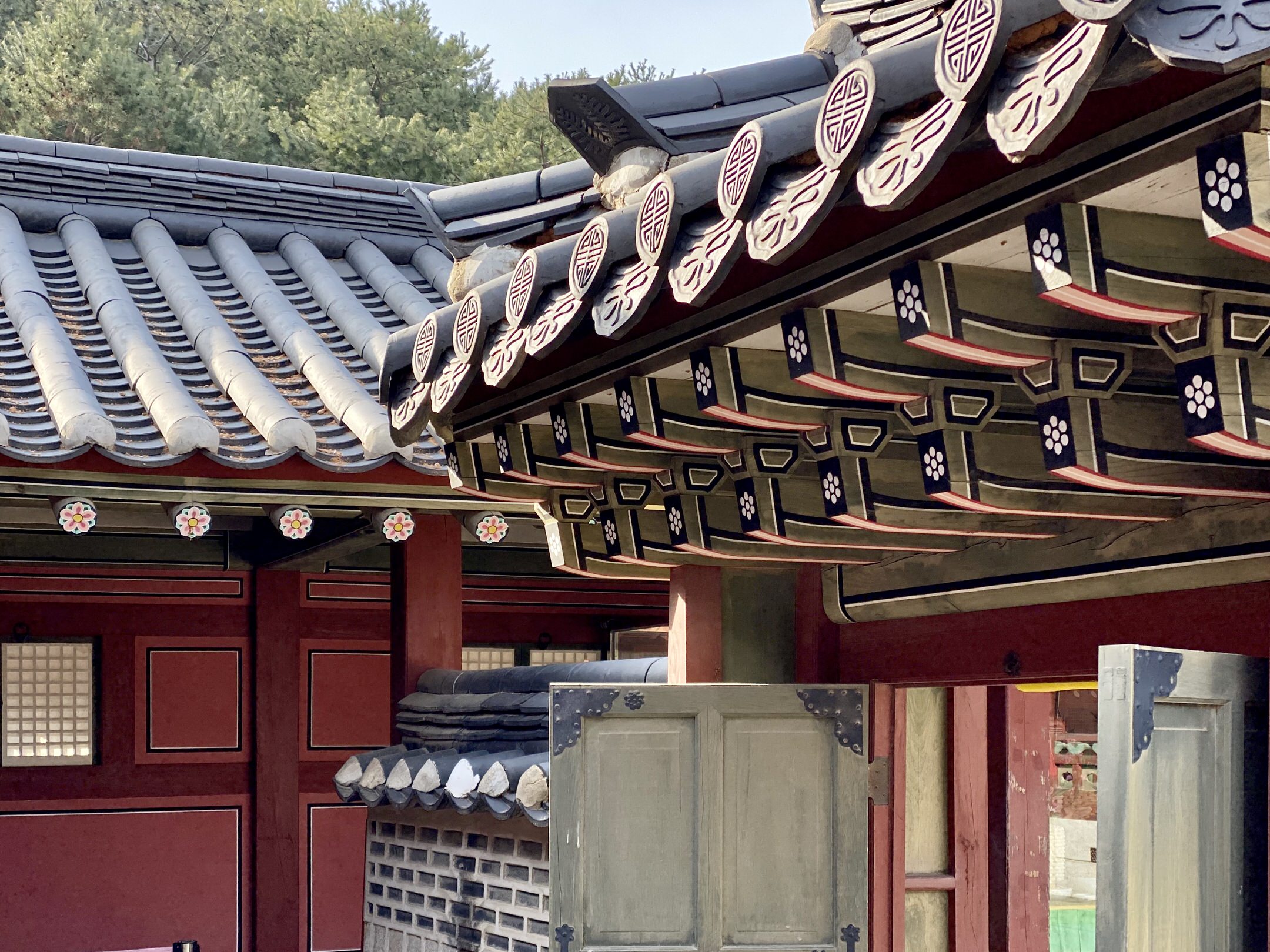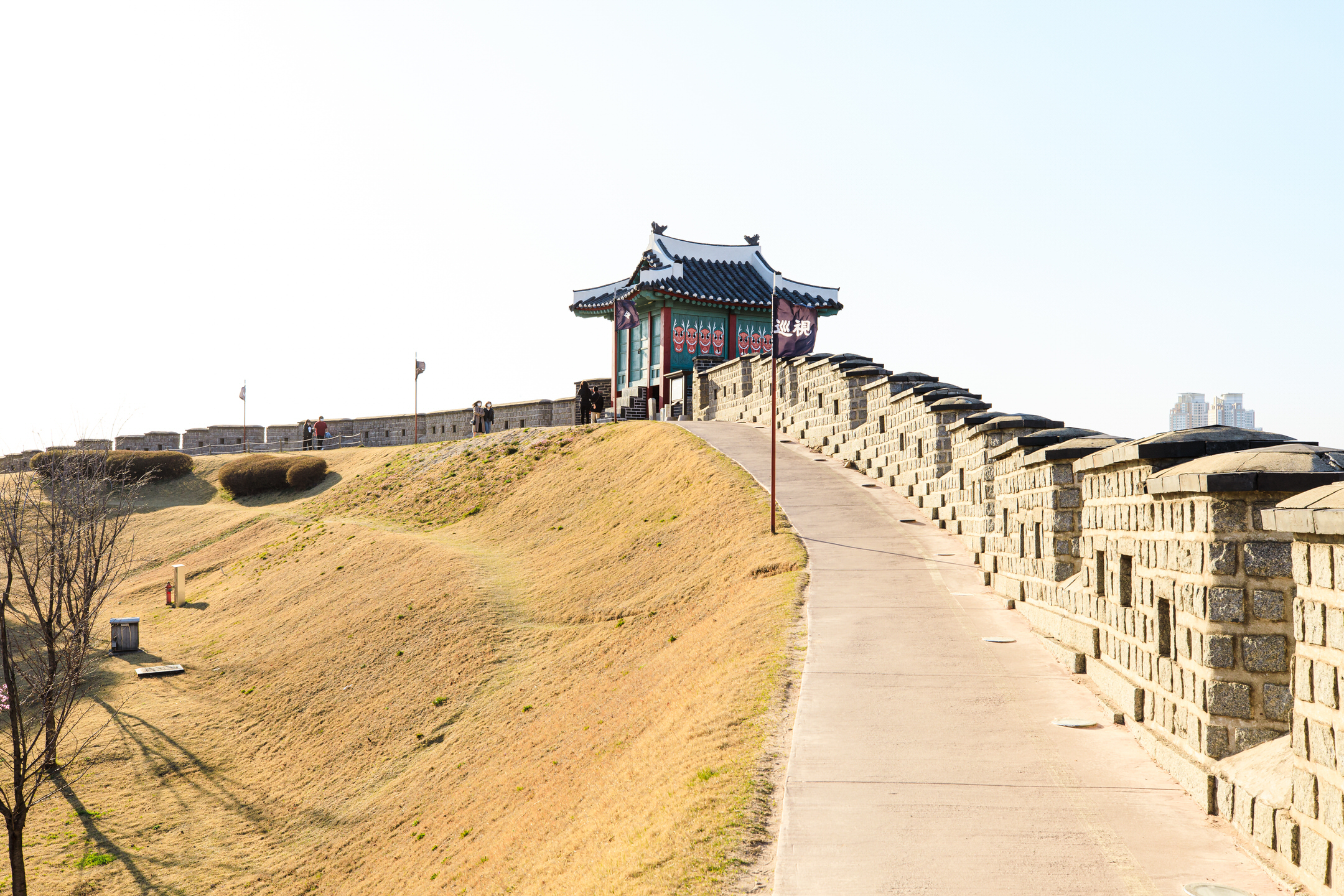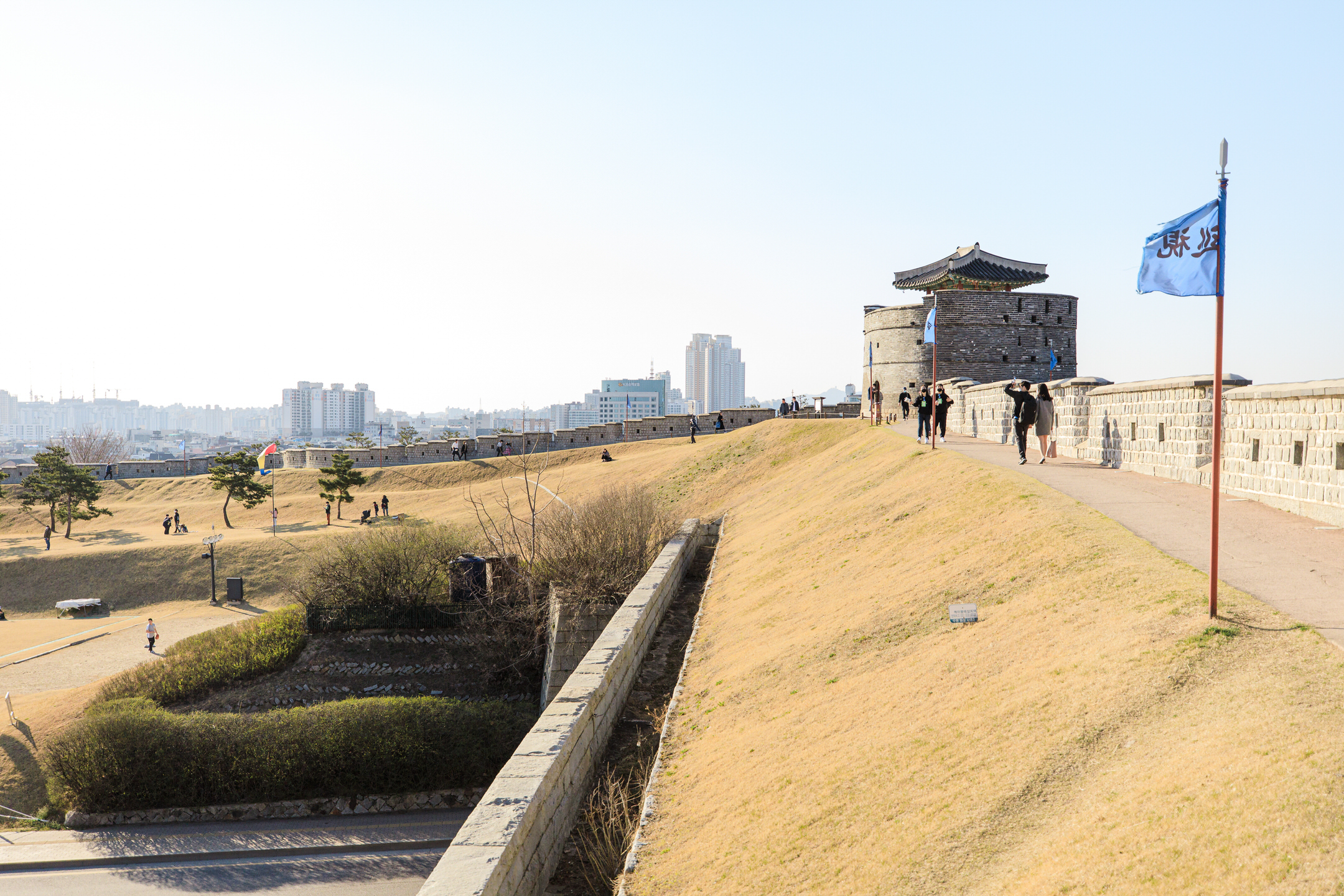Hwaseong Fortress 🏯
Hwaseong Haenggung is an 18th century palace in Suwon built for King Jeongjo as a secondary residence outside of Seoul for when he visited the tomb of his father, Prince Sado.
Next to the palace is Hwaryeongjeon, a shrine built at the beginning of King Sunjo’s ruling so he could look up to the portrait of is father, King Jeongjo. To this day, it still houses a portrait of the king, though it was restored fifteen years ago.
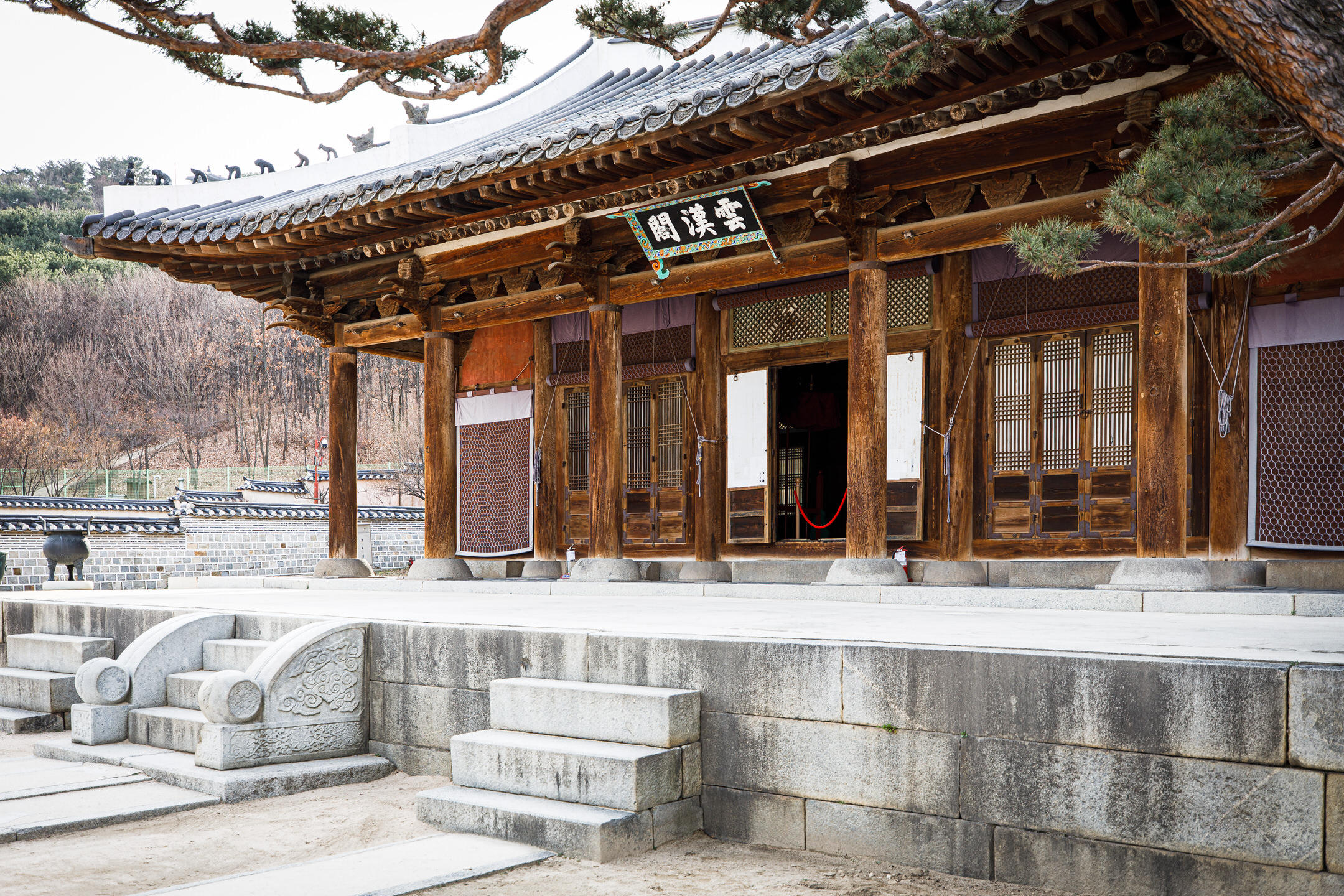
Painted under eaves, or dancheong, have a symbolic meaning as well as the more practical purpose of preserving wood from various hazards.
Around the palace, the fortress’ wall, which is punctuated with sentry posts, bastions, turrets and gates, also surrounds many temples and some command posts.
Hwahongmun, the water gate located on the north wall of Suwon’s Hwaseong Fortress, sits over the Suwoncheon stream and lets the water flow through its seven arches.
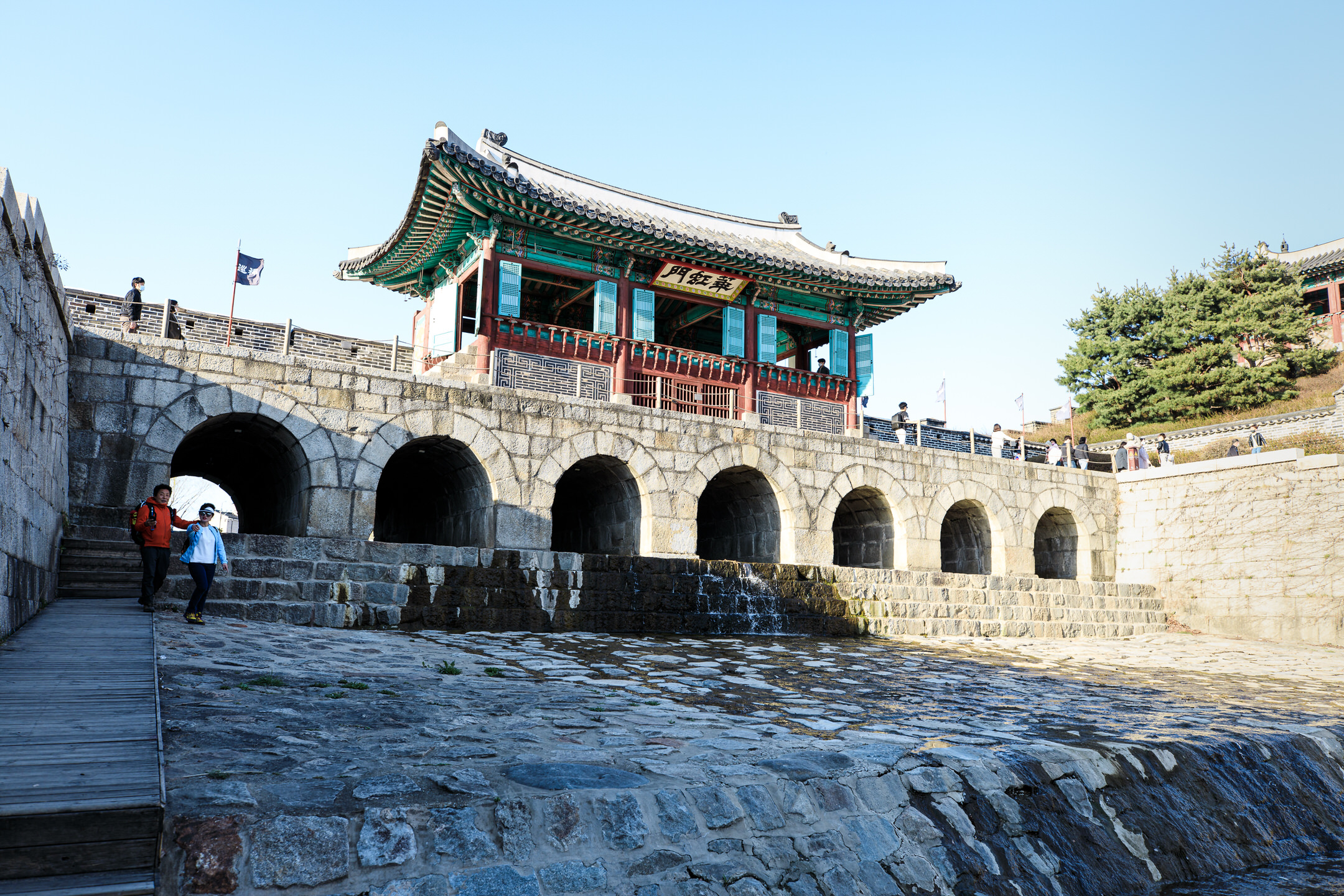
Seojangdae, or the western command post, overlooks the Hwaseong Fortress and its surroundings. It was built during King Jeongjo’s reign on the summit Mount Paldal. Nowadays, it provides a dazzling panoramic view of the city.
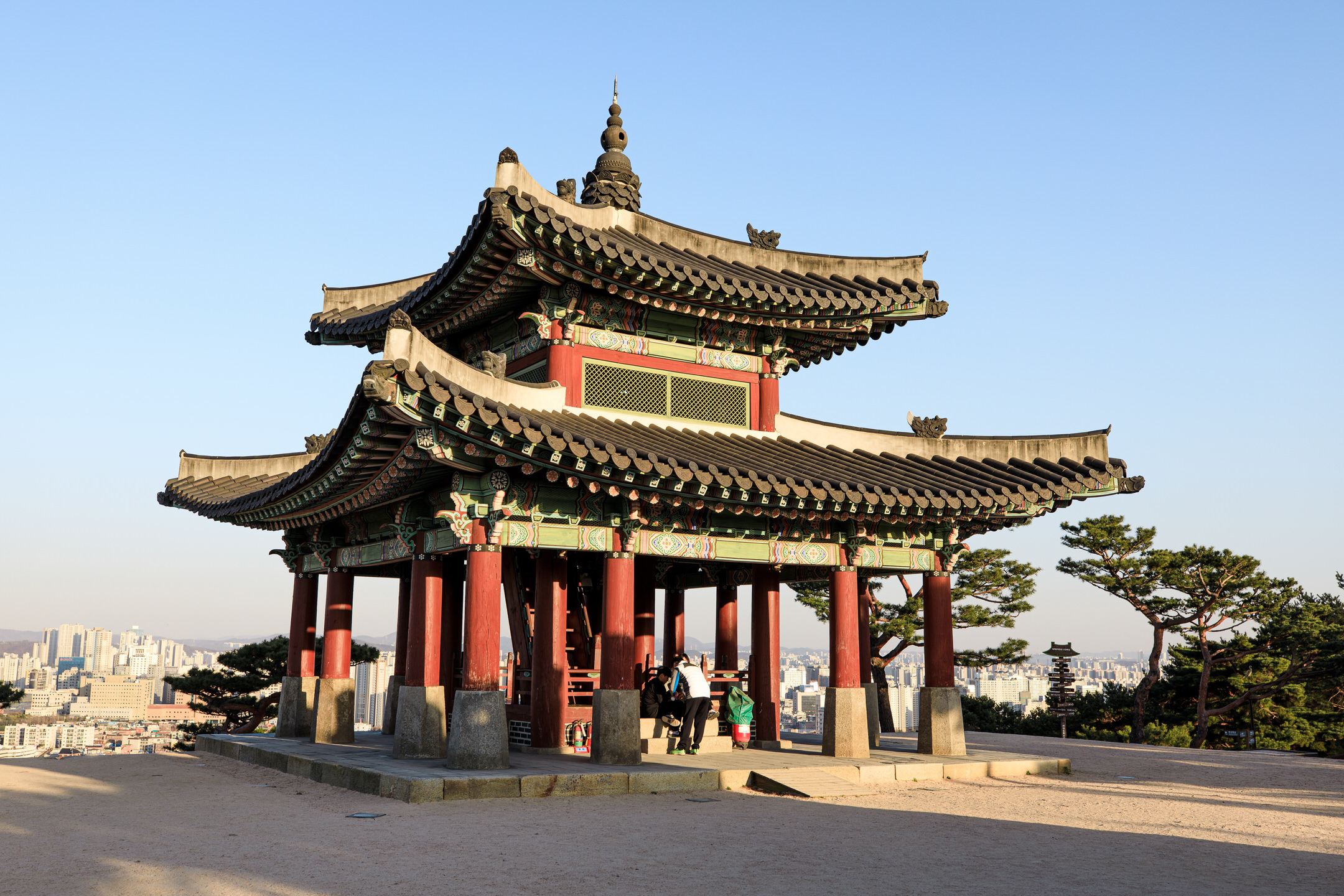
Dongbukgangnu, or the northeastern angle tower, is also known as Banghwasuryujeong, which means that one can here “find flowers and stroll among willow trees”. This wooden pavilion that overlooks the lovely Yongyeon pond and stands before Suwon’s cityscape was built at the end of the 18th century and, aside from its military purpose, was enjoyed by King Jeongjo as a resting stop on his way to Hwaseong Haenggung.
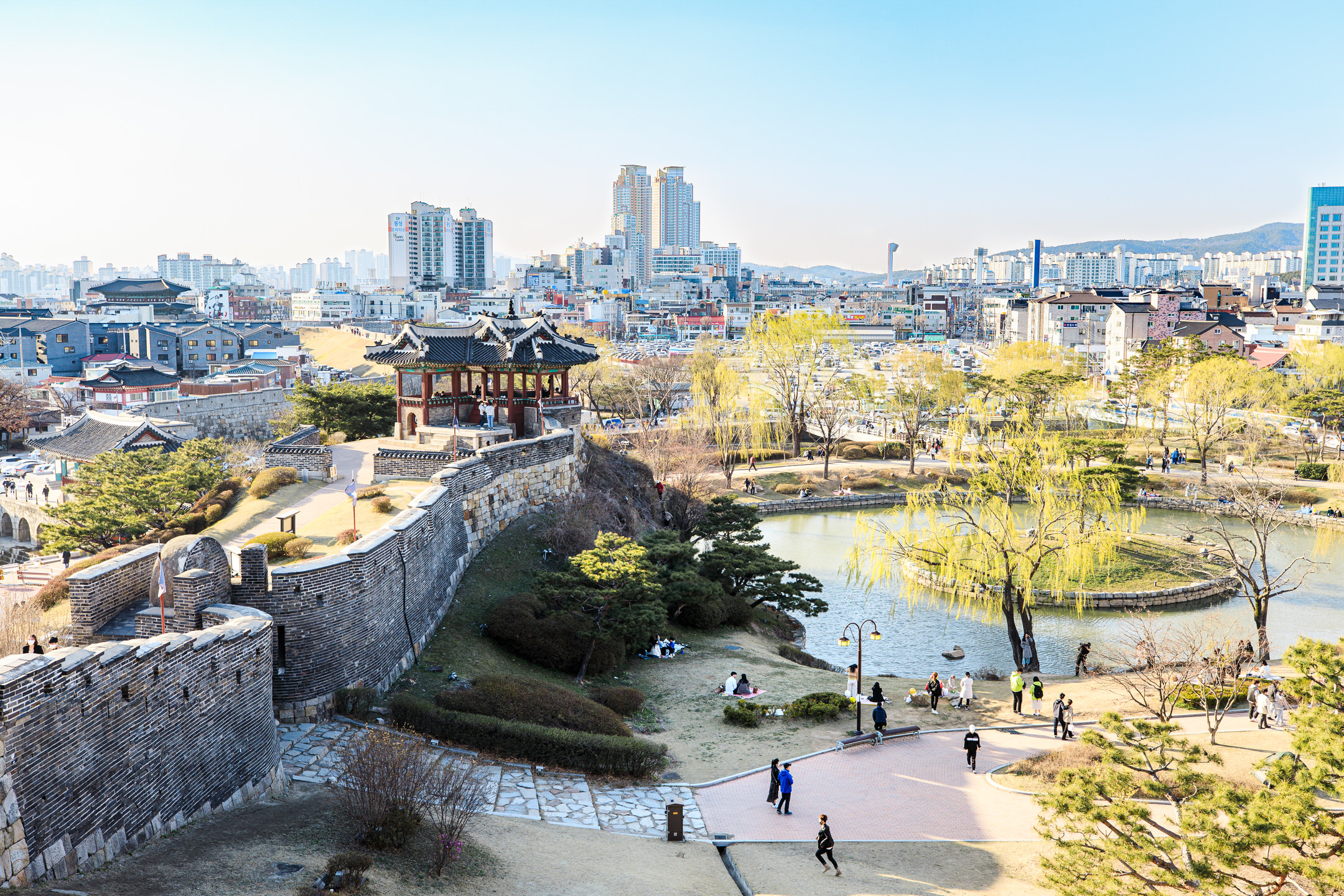
Yeonmudae, or Dongjangdae, was used as a training ground for military troops where they learned how to wield swords, spears and bows. Located on a hill not far from Hwahongmun water gate, it was also used as an observation post.
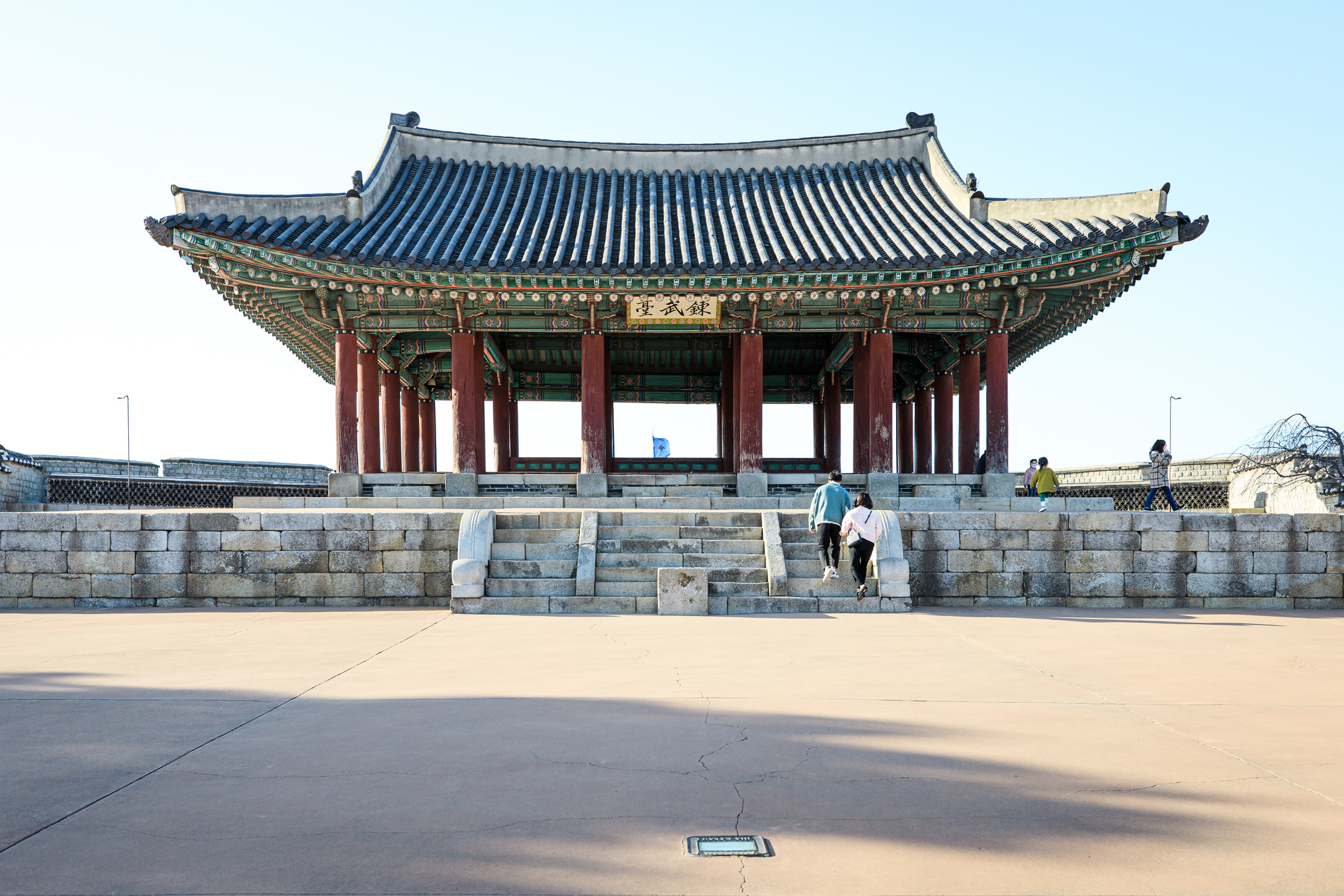
Next to the palace and branching from a lovely craft street named Haenggung-gil, this small road going uphill ends on one of the bosky trails leading to Hwaseong Fortress’ wall.
